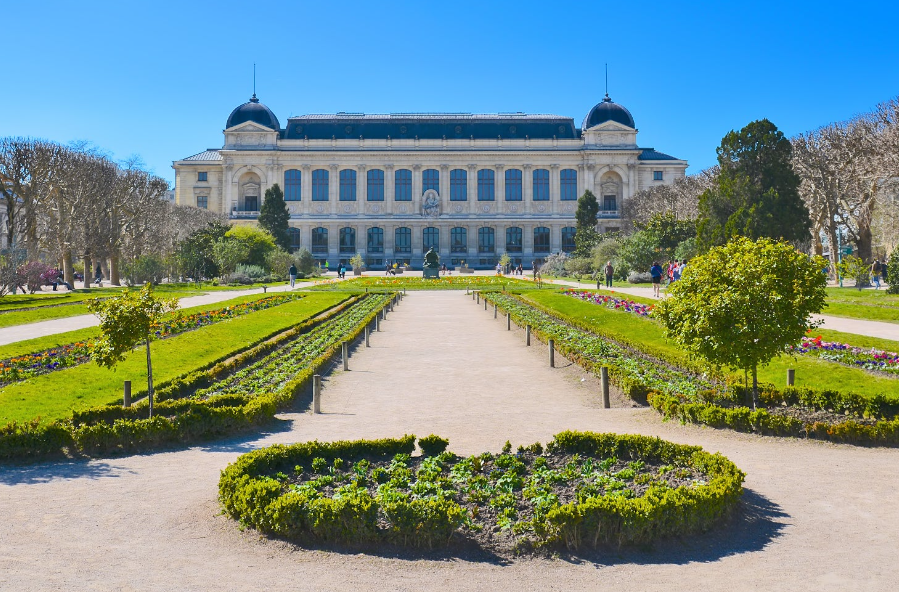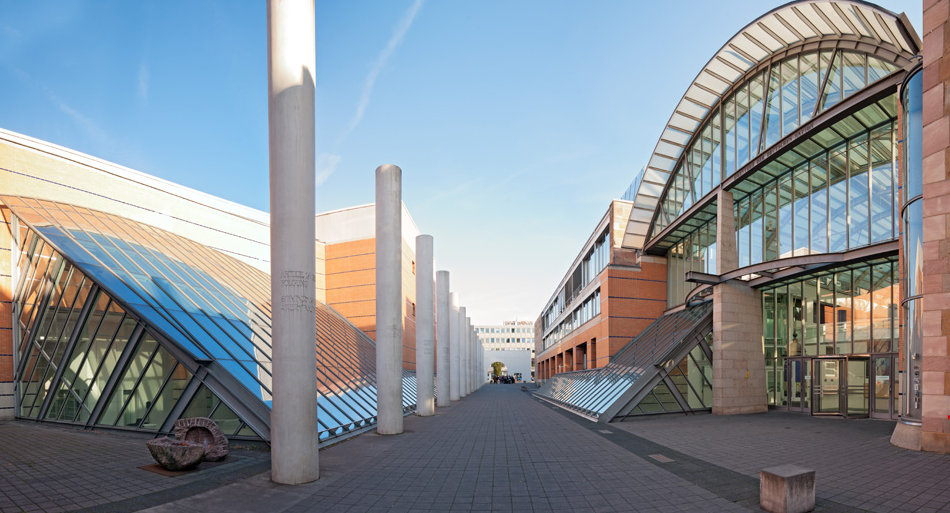The Ecuador National Museum, a treasure trove of the country’s rich cultural and historical heritage, stands as a testament to the nation’s vibrant past and promising future. This article delves into the depths of this remarkable institution, exploring its history, collections, significance, and much more.
The National Museum of Ecuador, or Museo Nacional del Ecuador in Spanish, is the premier cultural institution in the country. Located in the heart of Quito, Ecuador’s capital, this museum houses a vast array of artifacts, artworks, and historical treasures that depict the nation’s compelling narrative.
History and Significance of the Ecuador National Museum
Established in 1810, the National Museum of Ecuador is one of the oldest museums in South America. It was founded during the early years of Ecuador’s struggle for independence, making it deeply intertwined with the nation’s history. The museum’s primary purpose was to preserve the cultural and historical heritage of Ecuador.
Location and Architecture
The museum’s iconic building is a testament to Ecuador’s architectural prowess. Located in the heart of Quito’s historic center, the structure is an architectural masterpiece in its own right, with a history dating back to the 16th century. Its design is a blend of Spanish colonial and Moorish architectural styles, providing visitors with an enchanting visual experience.
Ecuador National Museum: Collections
Archaeological Treasures
The National Museum boasts an extensive collection of archaeological artifacts that span various periods of Ecuador’s history. Visitors can witness ancient pottery, tools, and remarkable Valdivia figurines, which date back over 5,000 years.
Colonial Art
The Quito School paintings, a prominent feature of the museum’s colonial art collection, offer a glimpse into the artistic achievements of the Spanish colonial period in Ecuador. These exquisite artworks are an important part of the nation’s artistic legacy.
Contemporary Art
In addition to its historical collections, the museum also houses a vibrant contemporary art section, showcasing Ecuador’s modern artistic expressions and contributions to the global art scene.
Exhibitions and Permanent Displays
The National Museum regularly hosts diverse exhibitions and permanent displays. These exhibitions delve into specific aspects of Ecuador’s culture, history, and art, providing a dynamic experience for visitors.
Educational Programs and Events
The museum is not only a repository of knowledge but also an educational hub. It offers a range of educational programs, workshops, and cultural events that engage visitors of all ages. These initiatives help in spreading awareness about Ecuador’s heritage and culture.
Ecuador National Museum: Visitor Information
Opening Hours
The museum is open to the public from Tuesday to Sunday, from 9:00 AM to 5:00 PM.
Ticket Prices
Entry fees vary depending on visitor categories. Students, children, and senior citizens may receive discounts. Check the official website for up-to-date pricing.
Accessibility
The National Museum is committed to providing accessibility to all visitors. It is wheelchair-friendly and has services for visitors with disabilities.
Conservation Efforts
The museum’s conservation efforts are commendable. It employs state-of-the-art techniques and technologies to preserve and restore the invaluable artifacts and artworks in its collections.
The Role of the National Museum in Promoting Culture
The National Museum of Ecuador plays a crucial role in preserving and promoting the nation’s cultural heritage. It is a space where Ecuadorians and international visitors can connect with the country’s past, present, and future.
Importance for Tourism
The museum is a major tourist attraction, drawing visitors from around the world. Its role in tourism contributes to the country’s economy and global recognition.
Notable Artifacts
The National Museum houses numerous notable artifacts, including the world-famous Valdivia figurines, the exquisite Quito School paintings, and contemporary Ecuadorian art that reflects the nation’s artistic dynamism.
References to Historical Events
The museum serves as a repository of historical events, shedding light on Ecuador’s journey to nationhood. It contains references to significant events, making it an invaluable resource for historians and enthusiasts alike.
The Future of the National Museum
The National Museum of Ecuador continues to evolve and grow, adapting to modern needs and aspirations. Its future holds the promise of even more enriching experiences for visitors.
FAQs About the National Museum of Ecuador
1. How old is the National Museum of Ecuador?
The museum was founded in 1810, making it over two centuries old.
2. What is the most famous artifact in the museum?
The Valdivia figurines, dating back over 5,000 years, are among the most famous artifacts in the museum.
3. Is the museum accessible to people with disabilities?
Yes, the National Museum is wheelchair-friendly and offers services for visitors with disabilities.
4. What are the opening hours of the museum?
The museum is open from Tuesday to Sunday, from 9:00 AM to 5:00 PM.
5. How can I stay updated on the museum’s exhibitions and events?
You can check the official website of the National Museum for the latest information on exhibitions, events, and ticket prices.
Conclusion
The National Museum of Ecuador is a priceless gem in the heart of Quito, offering a profound connection to the country’s rich history, vibrant culture, and promising future. Its commitment to preserving Ecuador’s heritage and promoting cultural awareness makes it a must-visit destination for anyone seeking to understand the soul of this beautiful nation.
References
Certainly, here are some references that can be used to support the content of the article:
- “National Museum of Ecuador” on Wikipedia.
- “Museo Nacional del Ecuador” Official Website.
- “The Art of Colonial Quito – Quito School” on UNESCO’s website.
- “Valdivia Culture” on Wikipedia.
Featured Image Credits: Tripexpert

